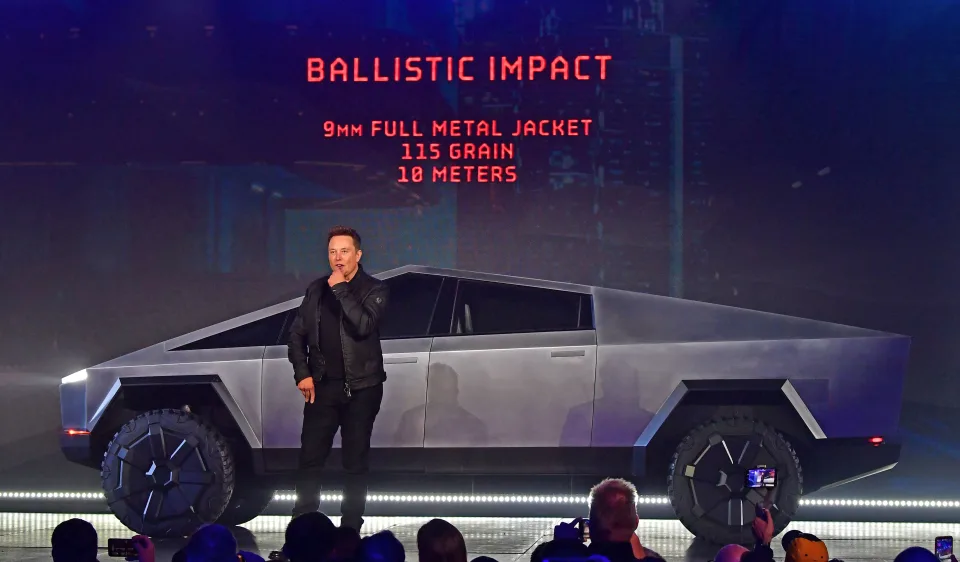The Reuters investigative report alleges that Tesla has a pattern of deliberate neglect and shifting blame onto customers for parts failures. According to the report, Tesla has been accused of attributing issues to “driver abuse” and charging customers for repairs over failures caused by parts that the company internally recognized as flawed. The reported problems often pertain to suspension and steering issues. Tesla’s public response to these problems has varied from outright denial to partial acknowledgment.
The article highlights instances where Tesla owners were informed that their vehicle issues were a result of prior damage or driver abuse, even when the owners had recently purchased the vehicles. One example cited in the report is Shreyansh Jain, who experienced a suspension collapse in his 2023 Tesla Model Y within the first 24 hours of ownership. Despite Tesla attributing the failure to a lower control arm separating from the steering knuckle, Jain expected the company to cover the repairs, especially since a service representative who inspected the car reportedly found “no evidence of any external damage,” as indicated in a text message.
About a week after the suspension collapse incident, Tesla reportedly sent a letter to Shreyansh Jain, deflecting blame and attributing the issue to “a prior external influenced damage to the front-right suspension.”
Jain, who claimed to be the sole driver of the car on its first day of ownership and denied having any accidents before the suspension failure, expressed disbelief at the situation. He questioned how the metal could snap without any impact, stating, “I was like, ‘Bloody hell, how can metal just snap like that when I know for sure the car has not hit anything?’” Three months later, the repairs were completed, and Jain paid a $1,250 deductible, with the rest covered by his insurance. He also mentioned that the insurance rates for another car he owned significantly increased after the incident.

The Reuters investigation reveals instances where Tesla owners, including Cincinnati surgeon Trace Curry, experienced repeated issues with their vehicles, with the company allegedly being aware of high failure rates for certain parts.
Curry, who purchased a 2016 Tesla Model X for $110,000, reportedly replaced the SUV’s control arms twice, once under warranty and a second time at his own expense. After the warranty expired, Curry paid around $10,000 for failed suspension and drive-axle parts. In 2018, he replaced the front half shafts under warranty, only to replace them again at a cost of $1,500.
The investigation suggests that Tesla might have been aware of the high failure rates for the parts that Curry had to replace. Similarly, another Tesla owner, Andrew Lundeen, reported power steering failure in his wife’s 2018 Model 3. A Tesla service manager attributed the issue to a corroded power steering connector caused by a car wash, a problem the employee reportedly acknowledged as known. Lundeen paid $4,400 out of pocket to replace the steering rack and a wiring harness, expressing disbelief at the notion that a car wash could damage the wiring. According to Lundeen, the service manager responded by noting Tesla’s relative newness as a company, saying, “All I can tell you is we’re not a 100-year-old company like GM and Ford. We haven’t worked all the bugs out yet.”

The Reuters investigation also delves into Tesla’s handling of part recalls and highlights inconsistencies in the company’s responses in different regions. It points out that Tesla’s engineers identified the aft link, a component of the suspension, as having snapped in multiple incidents at low speeds, resembling previous accounts like Jain’s. According to a former Tesla employee with direct knowledge, between 2016 and 2020, Tesla “resolved” approximately 400 aft link complaints in China. These resolutions included in-warranty repairs or “goodwill repairs” for out-of-warranty cases.
Despite these incidents, Tesla reportedly delayed issuing a recall for four years, only agreeing to one after facing pressure from Chinese regulators. The State Administration for Market Regulation in China cited a “risk of accidents” as part of the rationale for the recall. The investigation suggests a contrast in Tesla’s response to similar issues in different regions and raises questions about the company’s approach to addressing known problems.
Despite widespread reports of failures globally, Tesla did not recall the problematic suspension part in the U.S. and Europe. The company reportedly informed U.S. regulators that the issues were a result of “driver abuse.” Reuters also revealed a 2019 “talking points” memo instructing Tesla service centers to attribute the problems to “vehicle misuse,” such as “hitting a curb or other excessive strong impact.”
The terms “abuse” and “misuse” are reportedly outlined in Tesla’s contract, providing the company with the ability to reject in-warranty repairs for incidents labeled as such. The Reuters report suggests a pattern of blaming customers for issues instead of acknowledging potential flaws in the vehicle components.
The National Highway Traffic Safety Administration (NHTSA) has been investigating Tesla since 2020 for issues related to the fore link, a suspension part, in Model S and X. In July, the NHTSA expanded its investigation to include power steering failures in the 2023 Model 3 and Model Y. Tesla owners who have incurred out-of-pocket repair expenses may find the detailed Reuters report worth reading. The NHTSA is likely to find the report compelling as it continues its investigations.




